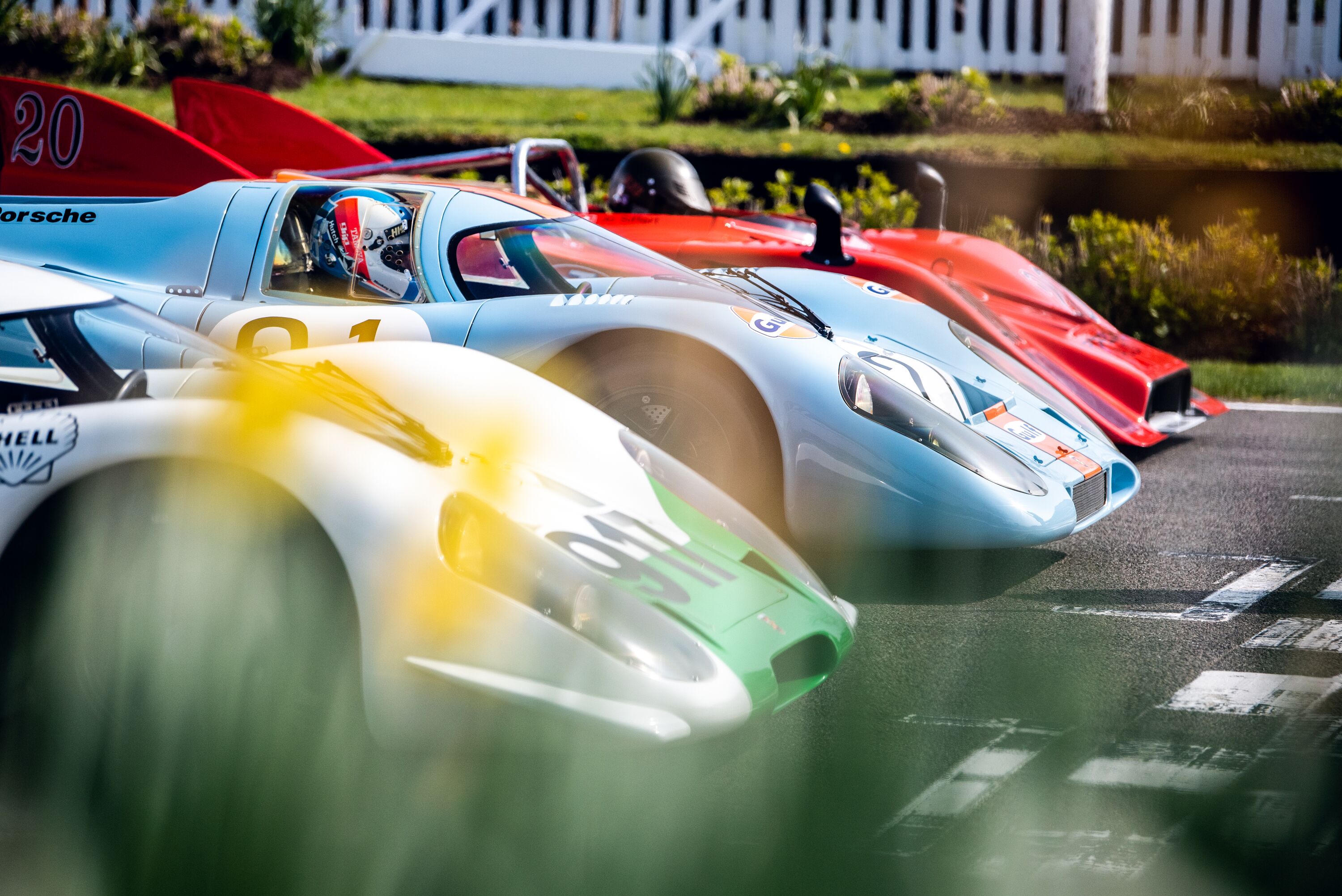Is Aprilia the new Ducati in MotoGP?
The rise of European technology in MotoGP has been striking. Led by Ducati, Aprilia and KTM have followed to leave Honda and Yamaha trailing, and Suzuki gone.

Ducati forced the pace, thanks mainly to one man: chief engineer and now head of Ducati Corse – the Bologna factory’s racing wing. Luigi “Gigi” Dall’Igna contrived a programme that first rescued the red bikes from the doldrums that ensued after genius rider Casey Stoner left at the end of 2010, gaining strength step by step with a series of technical innovations.
In the way of much racing success in history, Dall’Igna has skated close to the rules. Put another way, brilliantly exploited its loopholes.

For example, when he took over at the end of 2013 he managed to get Ducati accepted as an “Open Class” rather than a factory team, giving them much more freedom to test and develop in a category intended to give non-factory entries a boost.
Technical innovations are legion, particularly in aerodynamics that allow the uniquely desmodromic valved V4 engines to exploit their power advantage. All one-litre MotoGP bikes are intrinsically over-powered by the performance limits imposed by wheelspin or reverse-ground-loop wheelies. Electronic management concentrates on taming these two tendencies.

Ducati’s aerodynamics, since copied by all the others, improve rear grip and hold the front down. They also impose drag, but the Ducati’s abundance of horsepower overcomes this better than its rivals. (This is the chief reason for Yamaha’s current slump, a previously well-balanced bike lacks the surplus horsepower to carry the essential aerodynamics.)
Much to Dall’Igna’s disgust, the expense of wind-tunnel work triggered a limit on development to just one aero update per season. He soon demonstrated how creative thinking can circumvent regulations, adding a scoop below the back of the bodywork ahead of the rear wheel. Rivals protested that this broke the new rules. Not so, successfully asserted Dall’Igna: although admittedly adding some downforce, the “spoon’s” main function was to cool the rear tyre. Flummoxed, the rivals had no choice but to copy.

Dall’Igna’s other stroke of pioneering genius was ride-height adjustment, firstly dropping the rear and later kneeling at the front. Lowering the centre of gravity further reducing the tendency to wheelie. At first this shape-shifting was just off the start line, but soon it could be deployed mid-race on corner exits. Clever manual and hydraulically assisted systems circumvented rules banning electronically operated active suspension. Rivals had no choice but to copy, while Dorna had no choice but to introduce new rules banning at least the use of an active front-compressing system.
In this way, Ducati achieved domination of the results, and also of the grid. With eight bikes, the Desmosedici is by far the most numerous. Yamaha, with just two bikes, is at the opposite end. In terms of results, Pecco Bagnaia last year won Ducati’s first riders’ title since Stoner’s in 2007; while a third successive constructors’ title as well as the teams’ made it the coveted triple-crown. The same looks inevitable this year, although it might be one of the satellite squads, rather than the factory team, for the least important of the three.

KTM has strived valiantly and to a large extent closed the gap. The Austrian factory’s greatest strength is its huge Red Bull-backed budget. This is not to undervalue the huge technical effort expended nor the original use of a steel tube rather than aluminium chassis, but by and large (a highly effective start-line launch system excepted) success has been achieved by taking on ideas originated by Ducati.
Aprilia, winners (with Aleix Espargaro) of the British GP at Silverstone, have also followed along the European success. But the Italian factory, whose earlier successes in 250s, World Superbikes and MotoGP’s CRT sub-category were achieved thanks to the auspices of the same Gigi Dall’Igna, have shown a strong line of innovation on their own account – in particular aerodynamically.

While other constructors slavishly copied Ducati’s ducts, vents and tailfins, Aprilia pioneered bulging fairing side-flanks. These, at the high (60-plus degrees) lean angles offered by modern tyres, react with the track surface to provide ground effect, effectively increasing weight without adding mass. Sure enough, others are starting to copy; but Aprilia continues to move ahead, adding similar bodywork to front and rear wheels.
Furthermore, at Silverstone it was revealed that they have been testing a carbon-fibre chassis – a long-awaited development tried unsuccessfully before by (among others) Ducati. Even then, Dall’Igna’s predecessor Filippo Preziosi insisted that the material was correct, if only the right way to use it could be found. (Motorcycle chassis, unlike cars’, need a degree of flex to provide bump compliance when high lean angles render the suspension ineffective.)
Perhaps Aprilia will be the ones to unlock the secret. Thereby earning the accolades for invention currently heaped on Ducati.
Images courtesy of Motorsport Images.
MotoGP
Ducati
Aprilia
KTM
Motocycles































































